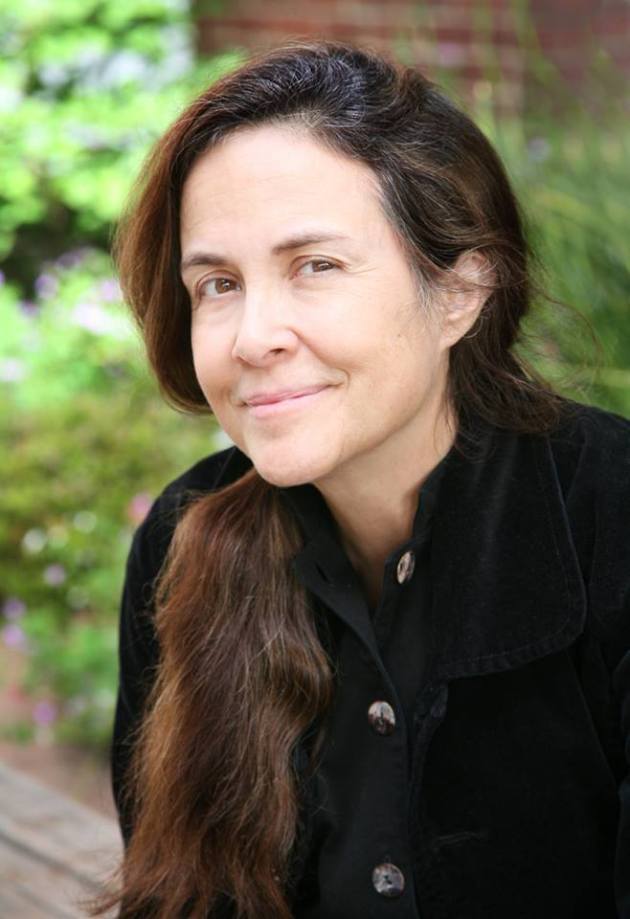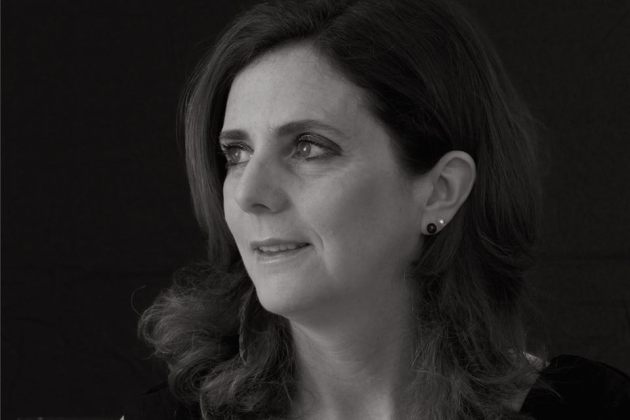
Love is fueled by confidence, which is a matter of belief. Analysis, by it’s nature of breakdown, might lead one closer to the truth, or to a semblance of reality. When we love, we want it to be real, as Jane does in Austenland. But like the slippery nature of meaning through language, reality is complex. As my friend Courtney writes, by way of her father’s wisdom: “there is no reality, only perspective.”
I want to be confident that love is real and lasting, and that the perspective I have regarding love, is true.
That what lives in my heart is not so ephemeral and fleeting as the foam that dripped into the water from my bath pouf, in the perfect shape of a heart that disolved before my eyes. A sign of love, but not love, just an image fading into the water.
But love is also a thing that works on me, like sandpaper on wood. It is a knife that carves, trying to find the form within the block.
But enough of metaphor.
When it comes down to it, criticism, that knife that carves the wood, doesn’t make me feel love. And I want to feel it so I can give it. Criticism can give me writer’s block and lover’s block. I guess I want praise, and that makes me needy. I guess I want compliments, and that makes me greedy. I want to be lifted up somehow, not shown where I fail.
But I also want the feeling of love, and the idea of love, to be real.
And not being perfect, all that praise and complimentary talk would ultimately lead me into enough self doubt as to wonder: is this real? Do I always want my relationships to be exchanges of non judgement? Can I, as as my friend Mariela says, give what is vital to love–acceptance? Acceptance for hard uncomfortable stones in my boots?
Can I accept that relationships involve criticism, and that I have given out loads of it over the years? Is there a way to truth in love without critical judgement and analysis? Do we always need the perspective of distance? Or just some very close eye contact, and no words?
Let me be silent, and sweet, and kind. The truth is that I’m fire and ice and storm. I’m earth, soil turning with blind worms. I’m clouds and leaves that drop, brown and thirsty.





